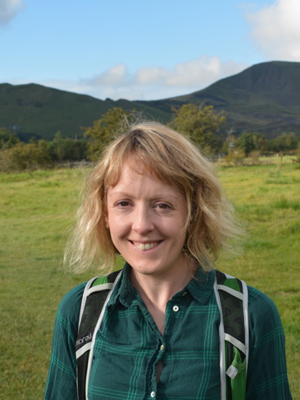September is the month when autumn really takes hold, as hedgerows bustle with activity and the landscape starts changing. By October and November, the season is in full swing, and with it comes a host of incredible wildlife spectacles.
Here's our guide to the UK's most spectacular wildlife events to look out for this autumn, along with some reliable locations to catch them. Don't forget your camera for some wildlife or landscape snaps.
Planning an autumn walk somewhere? Why not bring a shoulder bag and try some September foraging while you're out?
Starling murmurations
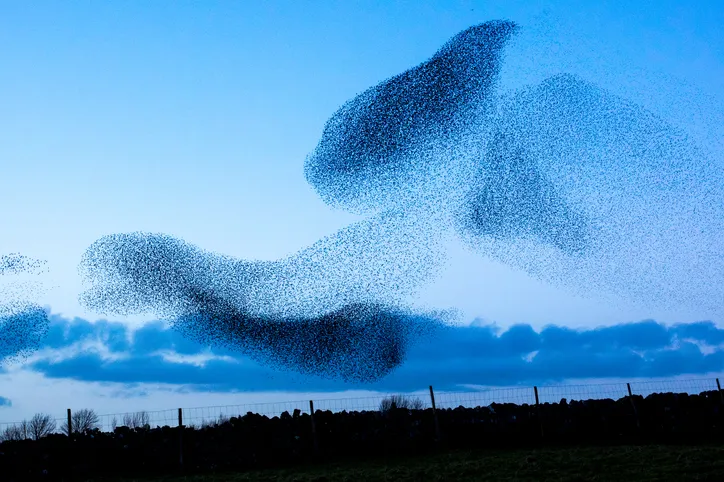
Some of the most magnificent spectacles in nature’s calendar are the starling murmurations that grace our skies from autumn, peaking in late November and early December. Thousands of starlings can be seen taking flight and forming dark shapes, which rise, dip and turn in perfect unison. Sometimes these hypnotic clouds can be made up of over 100,000 starlings as hordes of new migrant birds continue to arrive in Britain each week.
Early evening is the best time to view this soiree as starlings take flight to choose their night-time shelters. Malltraeth Marsh in Anglesey, RSPB Leighton Moss in Lancashire and Ham Wall in Somerset are all great places to watch the birds in action.
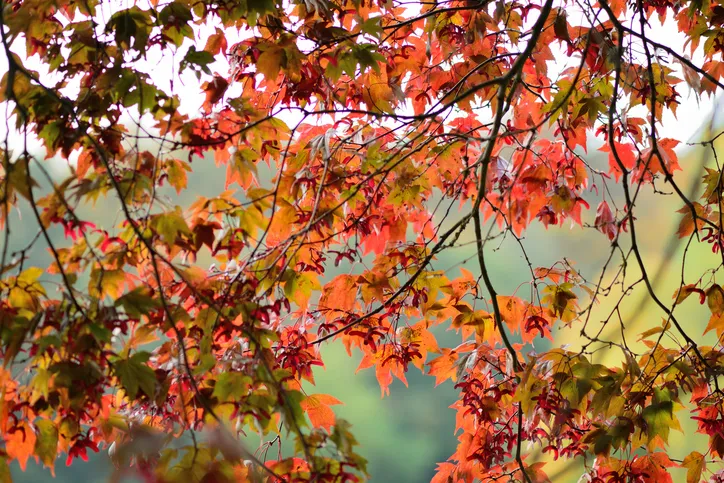
Foraging red squirrels
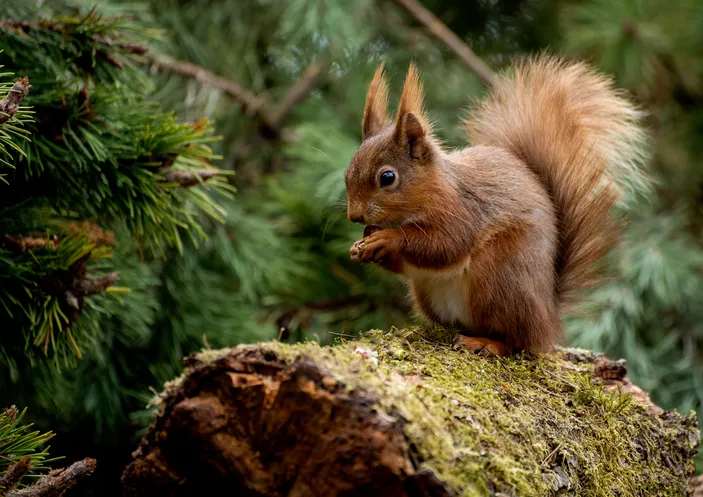
In autumn, red squirrels are busy searching for tree seeds, fungi, berries, birds’ eggs and even sap to fatten them up for winter. They love hazelnuts but have trouble digesting acorns, unlike grey squirrels, who love them. Red squirrels like to look after their teeth by gnawing on pieces of dead deer antler, which are full of calcium. Squirrels have an exceptionally good sense of smell. They can find buried food underneath a foot of snow and know if a nut is rotten without opening it.
Red squirrels were widespread across the UK as recently as 1945, however data from 2010 shows an almost complete decline in England. Populations are now almost completely limited to Scotland, Ireland and Wales, however there are thriving strongholds thanks to conservation efforts on the Isle of Wight, Brownsea Island in Dorset, Formby in Merseyside, Anglesey in Wales and parts of Lake District and Northumberland.
- Find out more in our red squirrel guide
Salmon run
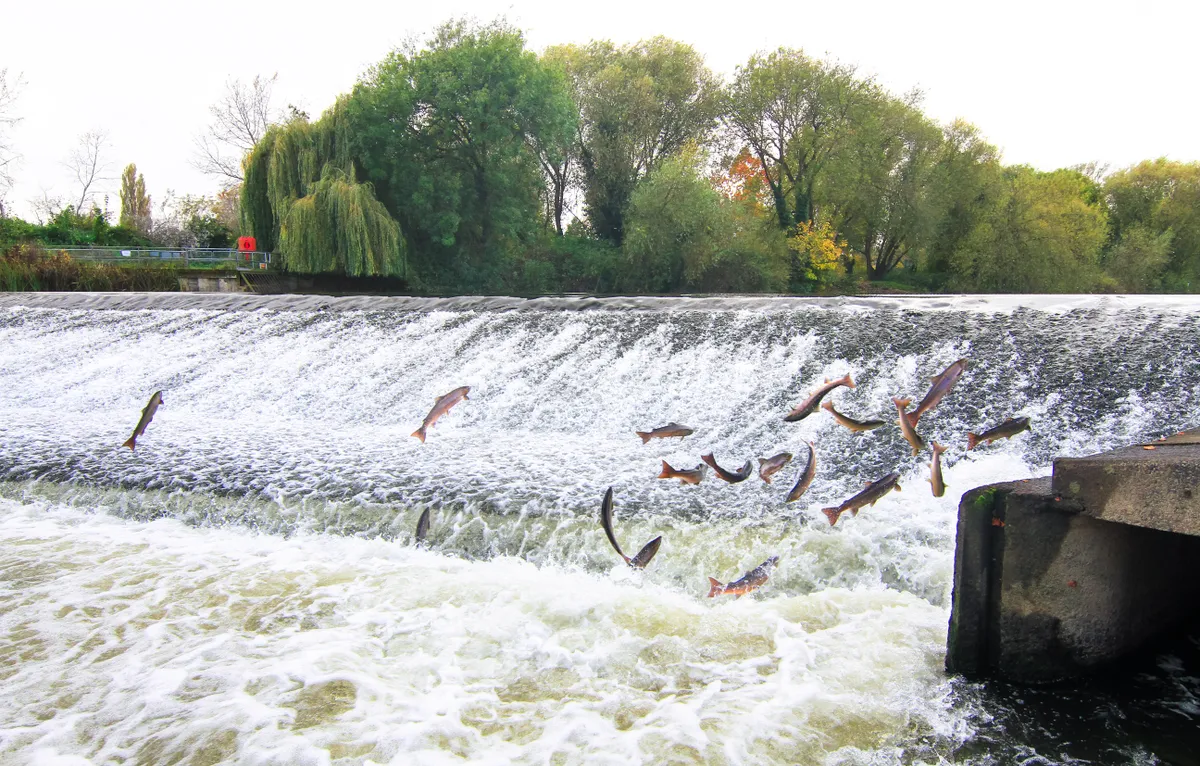
Come autumn, the aim of the salmon is simple – to reach spawning grounds in the higher reaches of clean, fast-flowing rivers where they themselves were born. This is perfect for eggs and milt to intermingle to secure the next generation of this king of fish.
Countless obstacles block the salmon’s progress from sea to spawning beds; some, such as nets, otters and fishermen, are ephemeral; others are far more formidable barriers, of which waterfalls are the most spectacular and challenging.
Scotland is one of the best places in Britain to see the salmon run.
Migrant birds departing
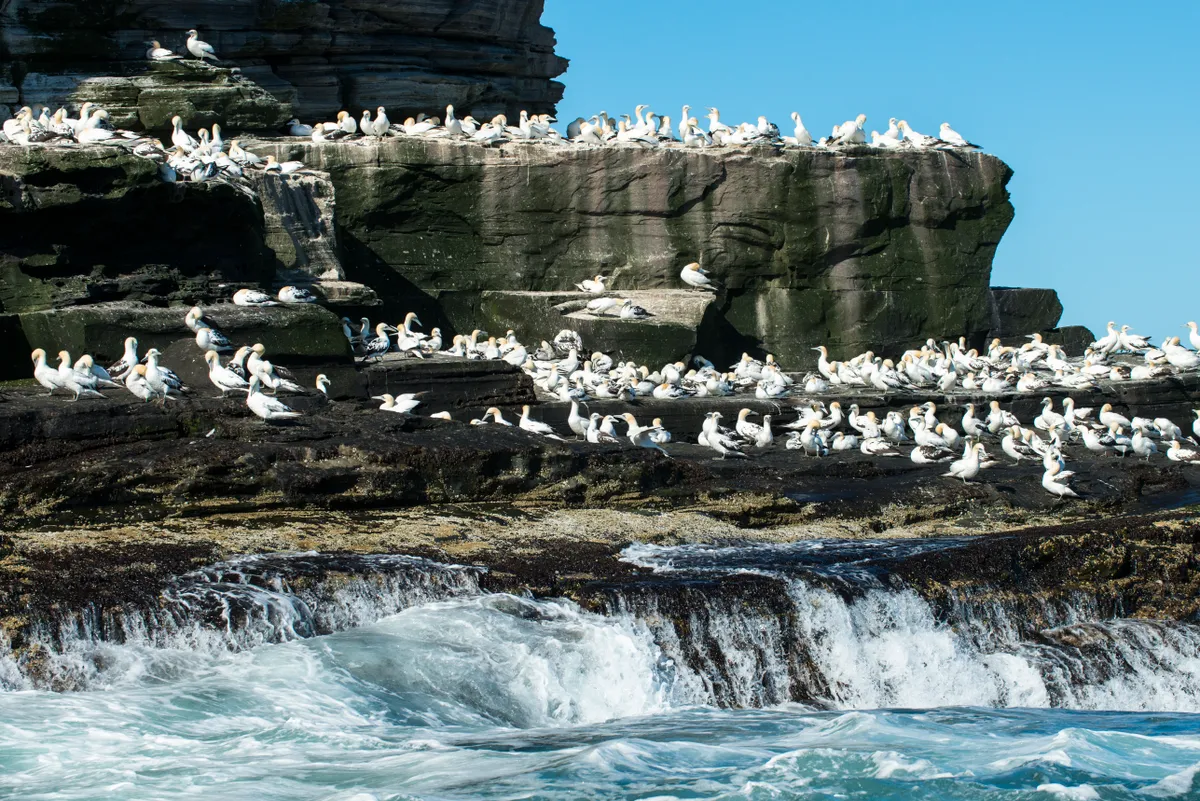
September is the perfect time to watch migrant birds depart. Popular species such as swallows and house martins begin their journey south, seeking the warmer weather in Africa. Other birds, like puffins and gannets, leave our shores to spend the winter in the sea.
Islands and coastal areas are the best places to watch migratory birds, with the Isles of Scilly famous for their brilliant vantage points for spotting rare birds from North America, Europe or Asia that have been blown off-course by bad weather. It is particularly important to choose the right time of day – early morning and dusk often guarantee the best chance of spotting the birds.
This month the UK also welcomes species that spend the winter in the UK, enjoying the milder weather. Fieldfares, redwings and many kinds of ducks and geese will arrive on our shores. Wetlands are excellent spots to witness the return of thousands of geese and wading birds.
Deer rut
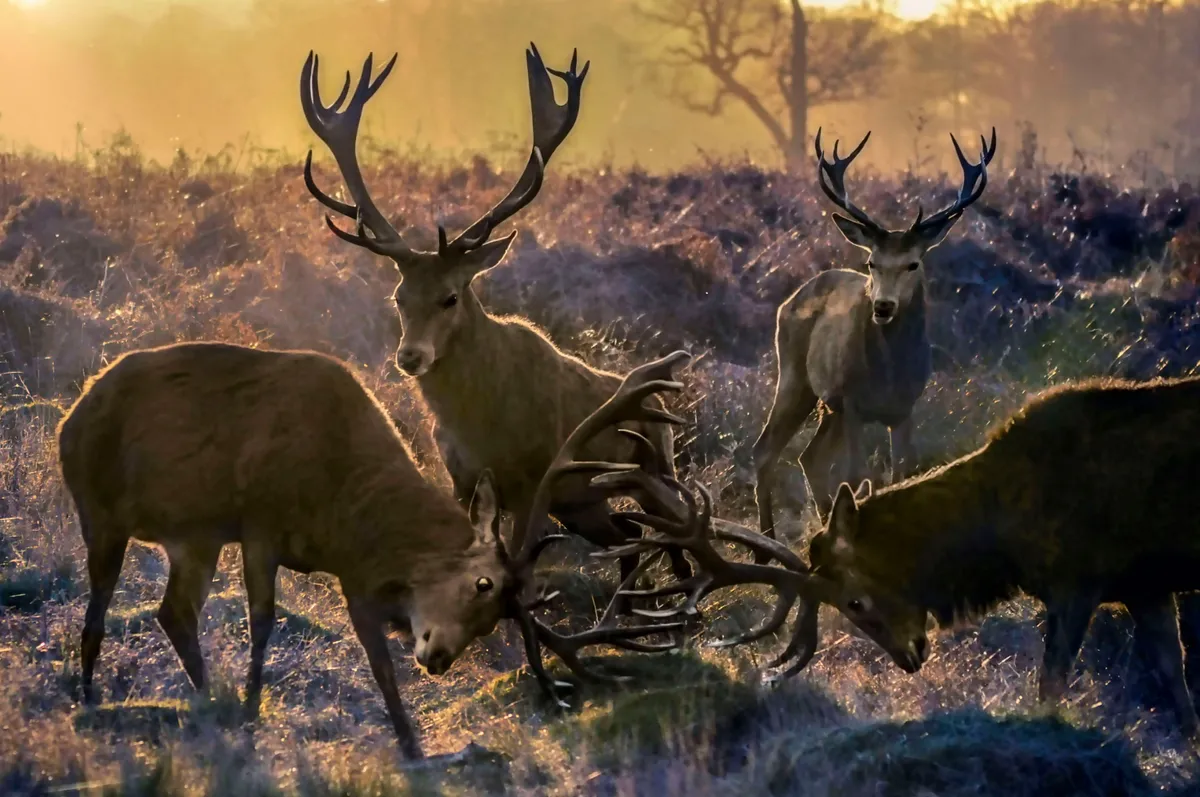
The annual deer rut is iconic of autumn. A steely sky provides the backdrop for an awe-inspiring and violent contest that sees stags lock antlers in battle. Does are only in their fertile stage for about a day each year, therefore competition is ferocious. The rut is a truly tremendous display of power from Britain’s most majestic creature and is certainly one of the highlights on nature’s calendar.
Some of the best places to view such a spectacle are the Inner Hebrides, the Isle of Arran, Exmoor, Dartmoor and the New Forest. Watch from a safe distance and be careful not to disturb deer during the rutting season.
Seal pups being born
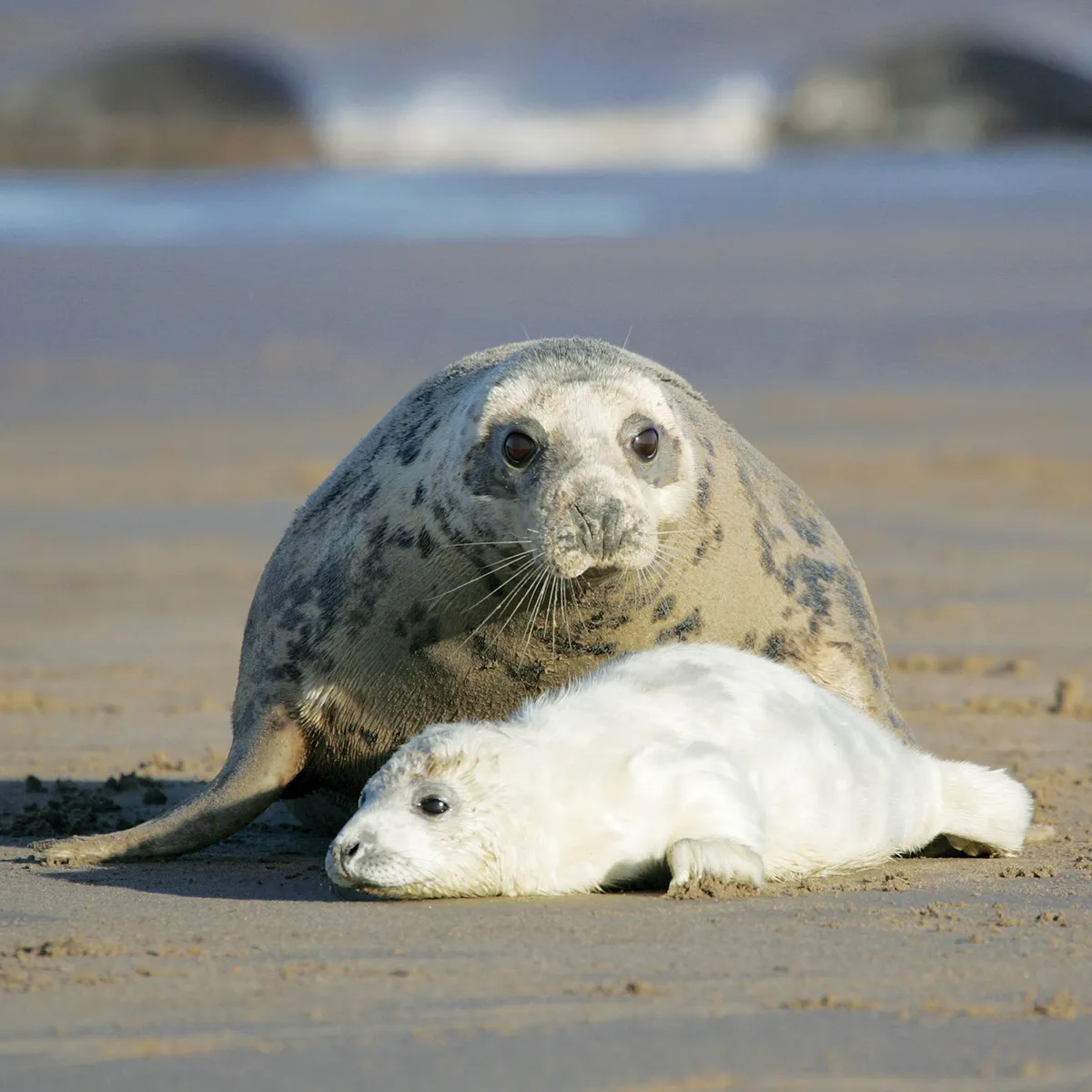
Autumn and winter is seal pupping season, beginning in Cornwall as early as late August, in Wales during September-October and the east coast of the UK and Scotland in November-December. Places such as Blakeney Point in Norfolk, the Orkney Islands in Scotland and Skomer Island in Pembrokeshire are well known for this spectacle.
There are some very important rules to follow when seal watching. The first three weeks of a seal pups life is critical as it feeds up on its mother's milk to protect itself for its first year. If disturbed, it is unlikely to survive. Therefore, keep your distance – the rule is if you need binoculars to see, you're the right distance away – and do not bring dogs anywhere near the colony.
Turning leaves

The changing colours of autumn are the most visible and obvious of all the spectacles. Trees are beginning to blaze with intense yellows, reds and copper and will continue to do so in the coming weeks. Combined with the golden veil of low autumn sun, tree lines will soon become nature’s own enchanting canvas. These magnificent sights will adorn the whole of Britain, and if you're in the South-West, check out Stourhead Gardens in Wiltshire. Elsewhere, we recommend Carbisdale Castle in the Highlands, Elan Valley in Powys, Westonbirt Arboretum in Gloucestershire and Grizedale Park in Cumbria.
- Explore the most magical forests to visit in the UK
- Take a walk among Britain's most inspiring autumn arboreta
- Discover the first signs of autumn
Mushroom explosion
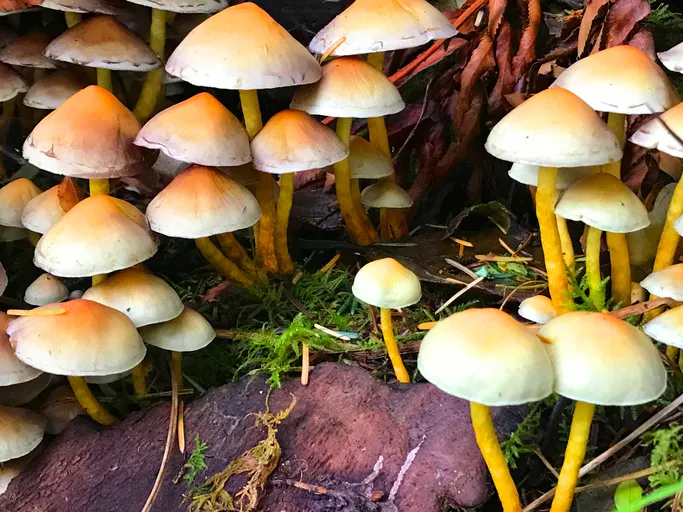
An unassuming but charming spectacle is to be found under your feet this autumn. From September a glut of fungi began to populate forest floors, trees, meadows and fields. This makes for a forager’s wonderland but also presents a brilliant sight to simply observe. A great variety of species have already sprung up so draw your eyes away from the transfixing autumnal trees and onto the ground. The iconic fly agaric is certainly one to look out for.
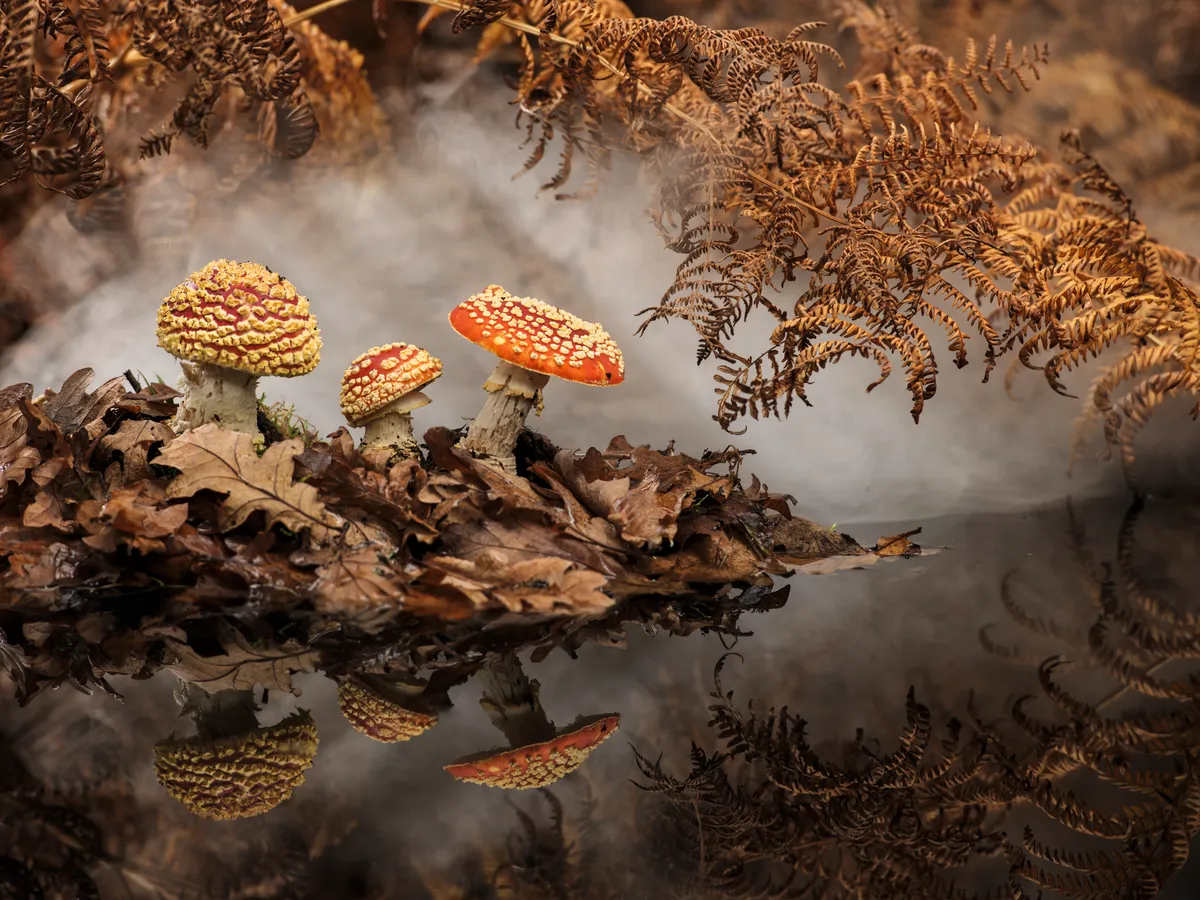
Barking muntjac deer
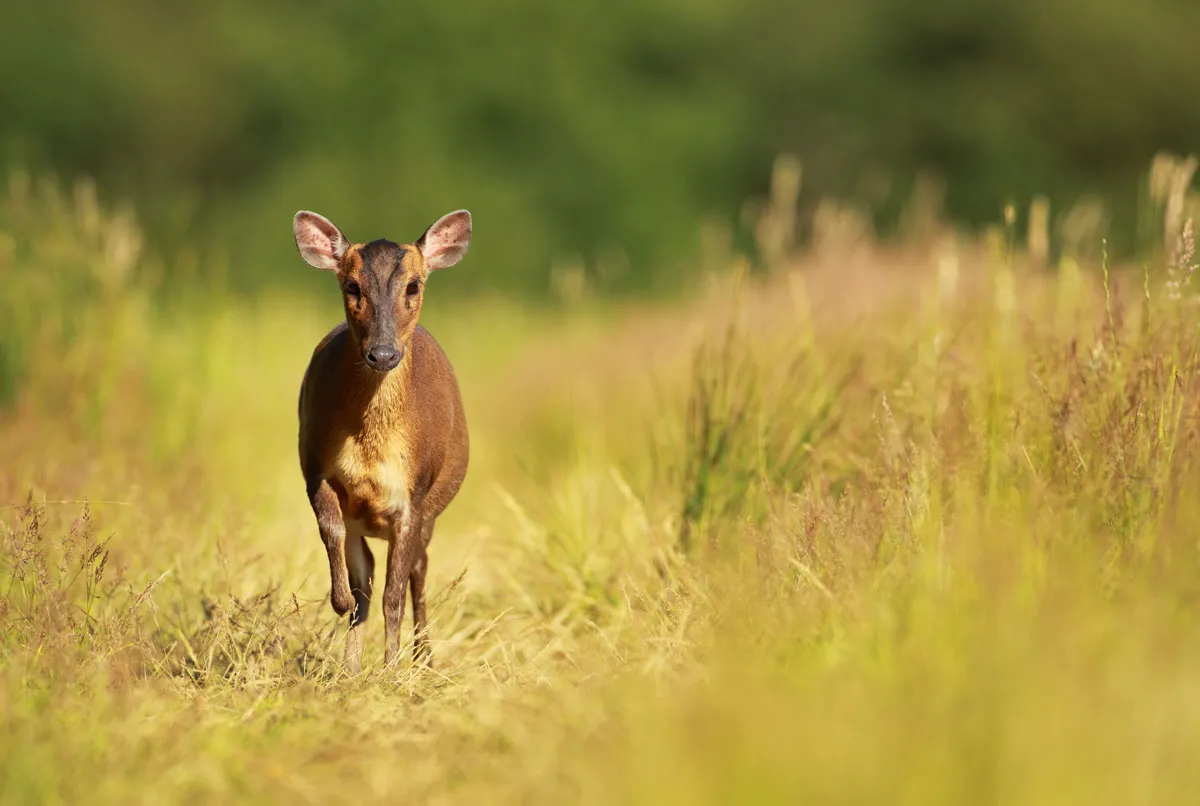
Also known as barking deer, September is the perfect time to listen out for muntjac deer and their loud, characteristic bark. With a large population reaching almost every English county, and even a few in Scotland and Ireland, most people could spot, or at least hear, a muntjac deer relatively easily. Numerous circumstances lead to the distinctive bark, and other sounds include screaming by alarmed deer and squeaking by maternal does and kids. Their preferred habitat is woodland, but muntjac deer have increasingly been spotted in urban areas.
Blackberries galore
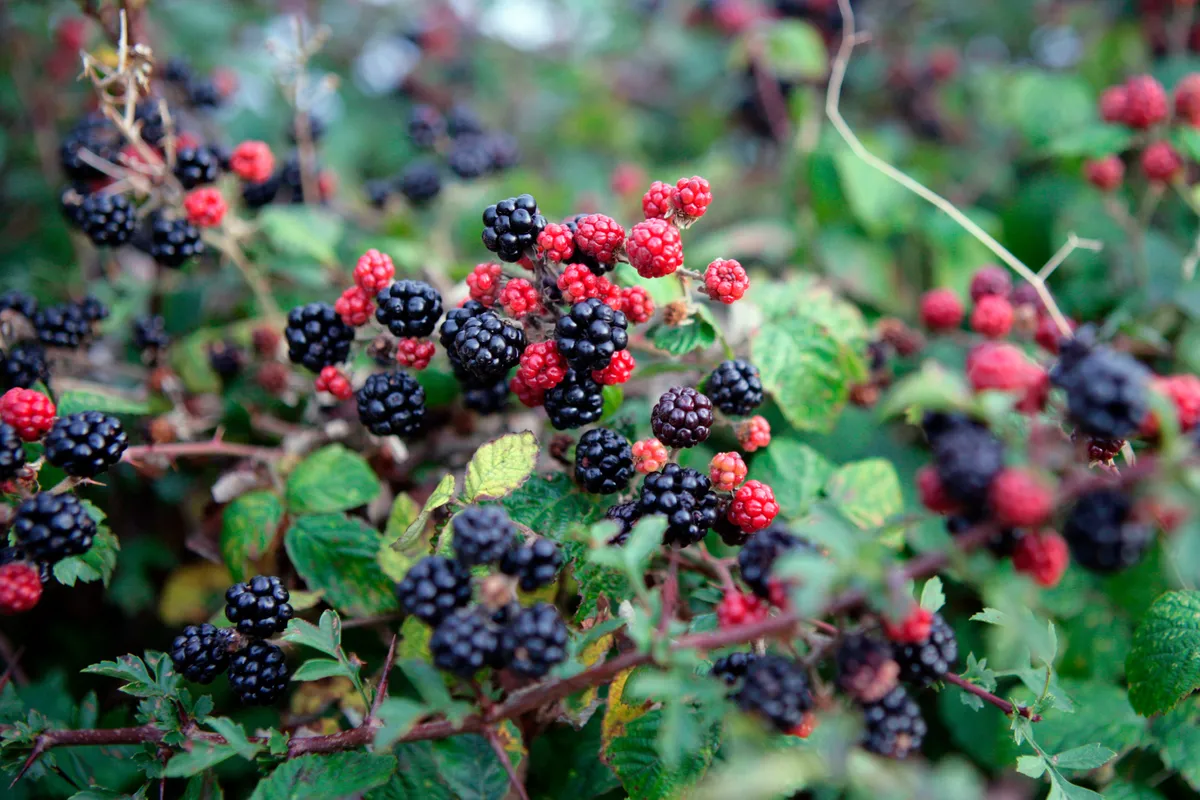
August and September are the best months to pick blackberries. Legend has it that after the end of September, the devil spoils the blackberries after a blackberry bush broke his fall from heaven. This may be a legend but it holds good advice – as the weather gets colder, the blackberries are not as good to eat. Remember to pick carefully, avoiding the lowest berries as foraging animals may have spoiled these. Jams and crumbles are the most popular uses for blackberries, but try making blackberry sorbet or blackberry wine this September. The berries can also be frozen for use at a later date.
- Get more blackberry recipes and foraging tips from our blackberry guide
Main image: The starlings flying over Brighton's Old Pier at sunset/Credit: Philip Reeve, Getty
